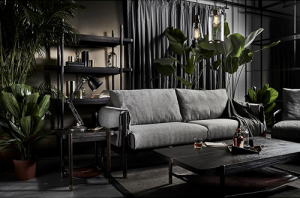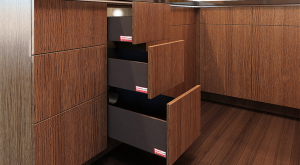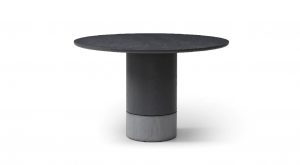Featured Post
The History and Evolution of Futon Furniture
Futon furniture has a rich history dating back centuries. Originally from Japan, futons have evolved into versatile pieces of furniture that serve as both beds and sofas. This article explores the history, evolution, and modern uses of futon furniture.
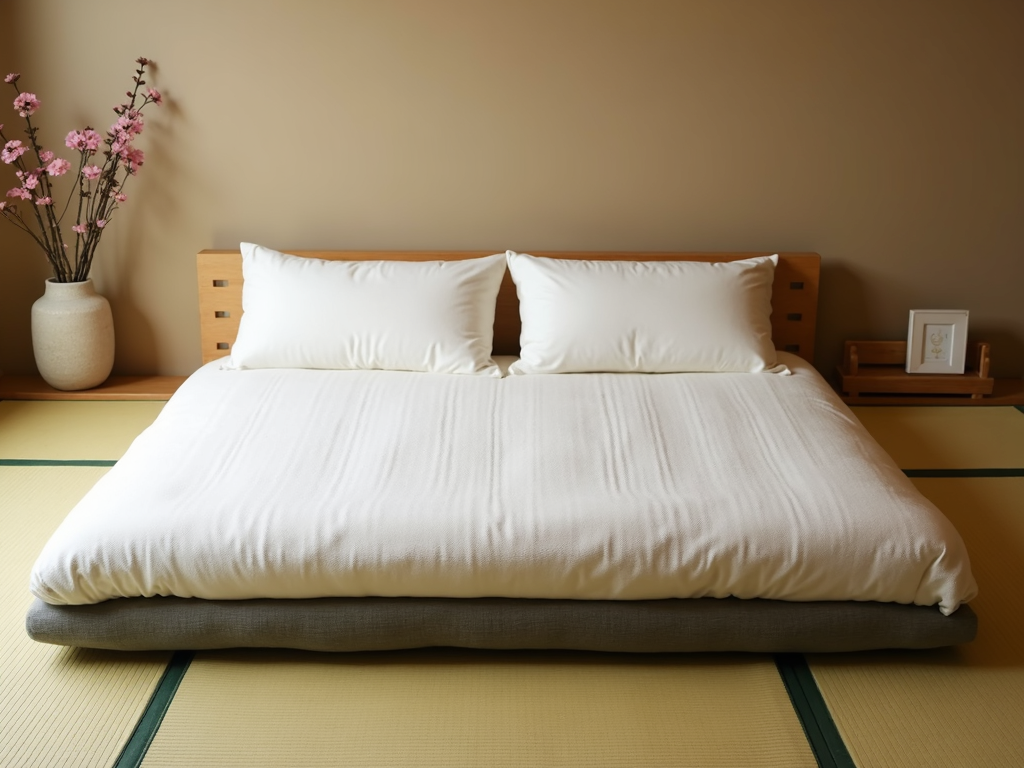
Introduction to Futon Furniture
Futon furniture is a type of bedding that originated in Japan. Traditionally, futons were thin mattresses placed on the floor for sleeping. However, in modern times, futon furniture has evolved to include sofas that can be converted into beds.
History of Futon Furniture
The history of futon furniture dates back to ancient Japan, where it was used as a simple bedding solution. Futons were made from cotton or wool and were easy to roll up and store during the day. This allowed for multi-purpose use of living spaces, which was especially important in small Japanese homes.
In the 1970s, futon furniture gained popularity in the West as a space-saving and affordable alternative to traditional beds and sofas. The design was adapted to include a frame that could be folded into a sofa or laid flat as a bed.
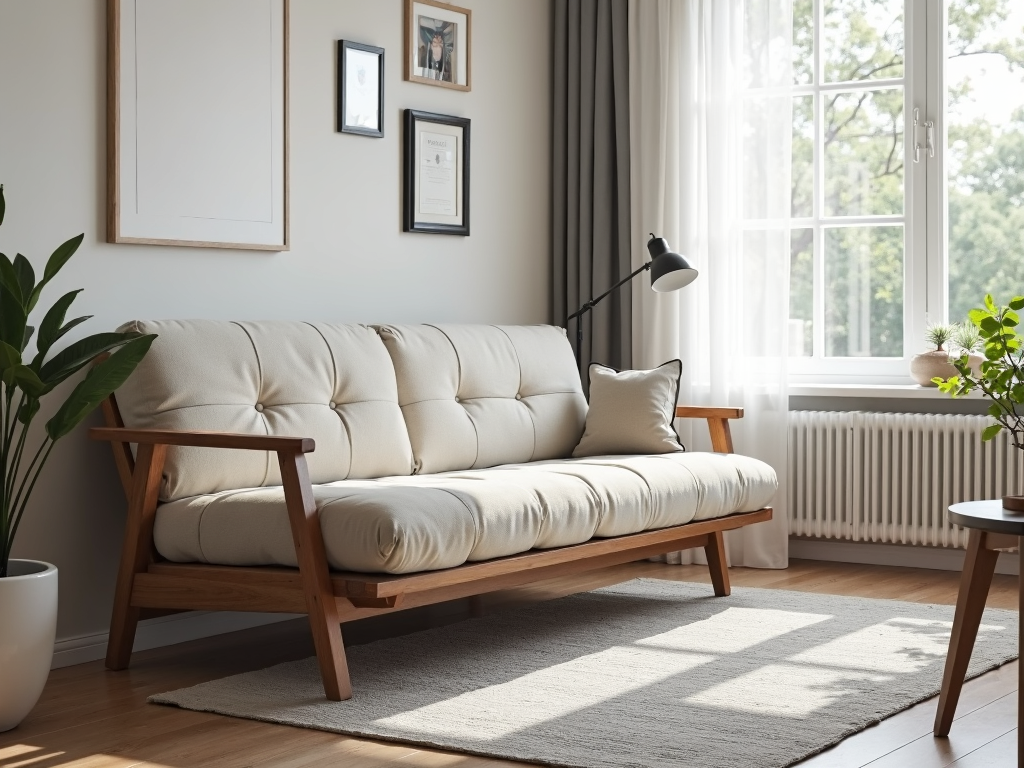
Evolution of Futon Furniture
Over the years, futon furniture has undergone significant changes in design and functionality. Modern futons are available in various styles, materials, and sizes to suit different needs and preferences.
One of the key innovations in futon furniture is the development of the futon sofa bed. This versatile piece of furniture can be easily transformed from a sofa to a bed, making it ideal for small living spaces or guest rooms.
Modern Futon Furniture
Today, futon furniture is available in a wide range of designs, from traditional Japanese styles to contemporary Western designs. Futons are made from various materials, including cotton, foam, and innerspring mattresses, offering different levels of comfort and support.
Futon frames are also available in different materials, such as wood, metal, and upholstery, allowing for customization to match any decor.
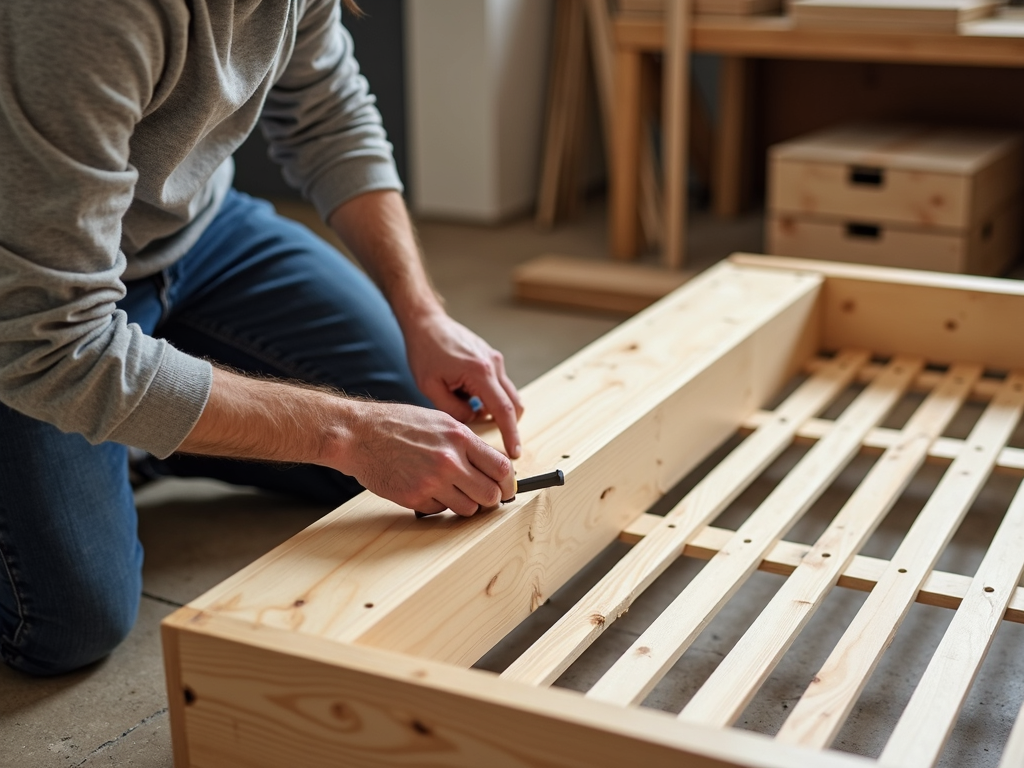
Assembling a Futon Sofa Bed
Assembling a futon sofa bed is a straightforward process that can be done with basic tools and minimal effort. Most futon frames come with easy-to-follow instructions and require only a few steps to set up.
First, the frame is assembled by attaching the arms, back, and seat sections. Then, the futon mattress is placed on the frame, and the sofa bed is ready for use.
Benefits of Futon Furniture
Futon furniture offers several benefits, including:
- Space-saving: Futons can be easily folded and stored, making them ideal for small living spaces.
- Versatility: Futons can be used as both beds and sofas, providing flexibility in furniture arrangement.
- Affordability: Futons are generally more affordable than traditional beds and sofas.
- Comfort: Modern futons are designed for comfort and support, making them suitable for everyday use.
Conclusion
Futon furniture has come a long way from its humble beginnings in Japan. Today, it is a popular choice for those seeking versatile, space-saving, and affordable furniture solutions. Whether you're looking for a sofa, a bed, or both, futon furniture offers a practical and stylish option.
In summary, futon furniture has a rich history and has evolved into a versatile and practical piece of furniture. From its origins in Japan to its modern adaptations, futon furniture continues to be a popular choice for many households.


